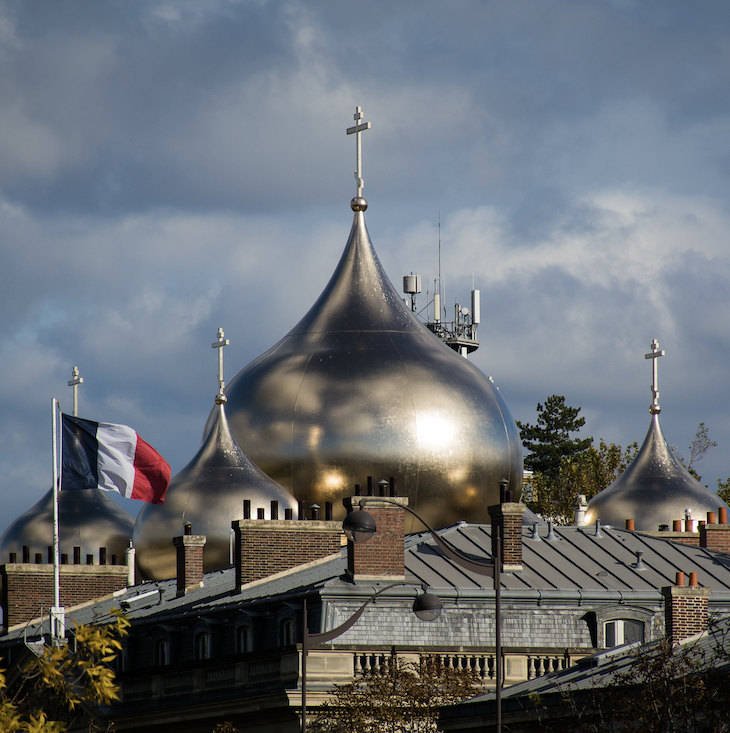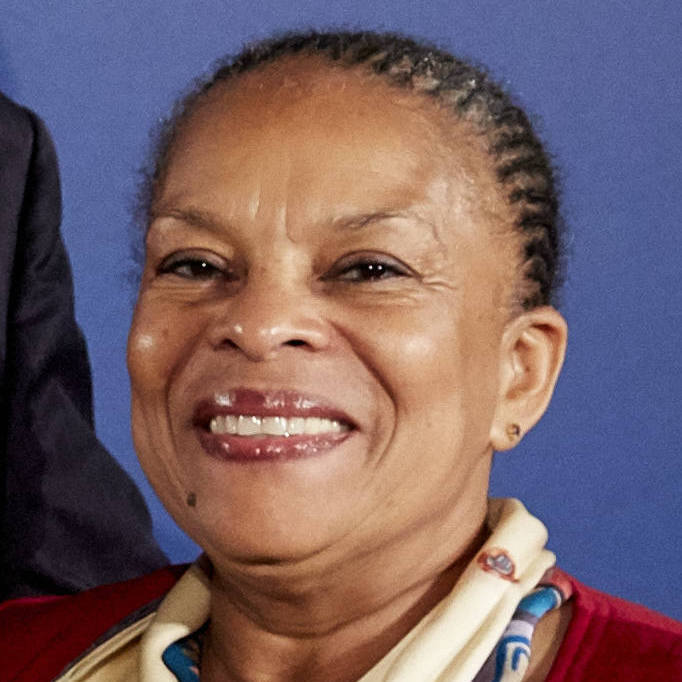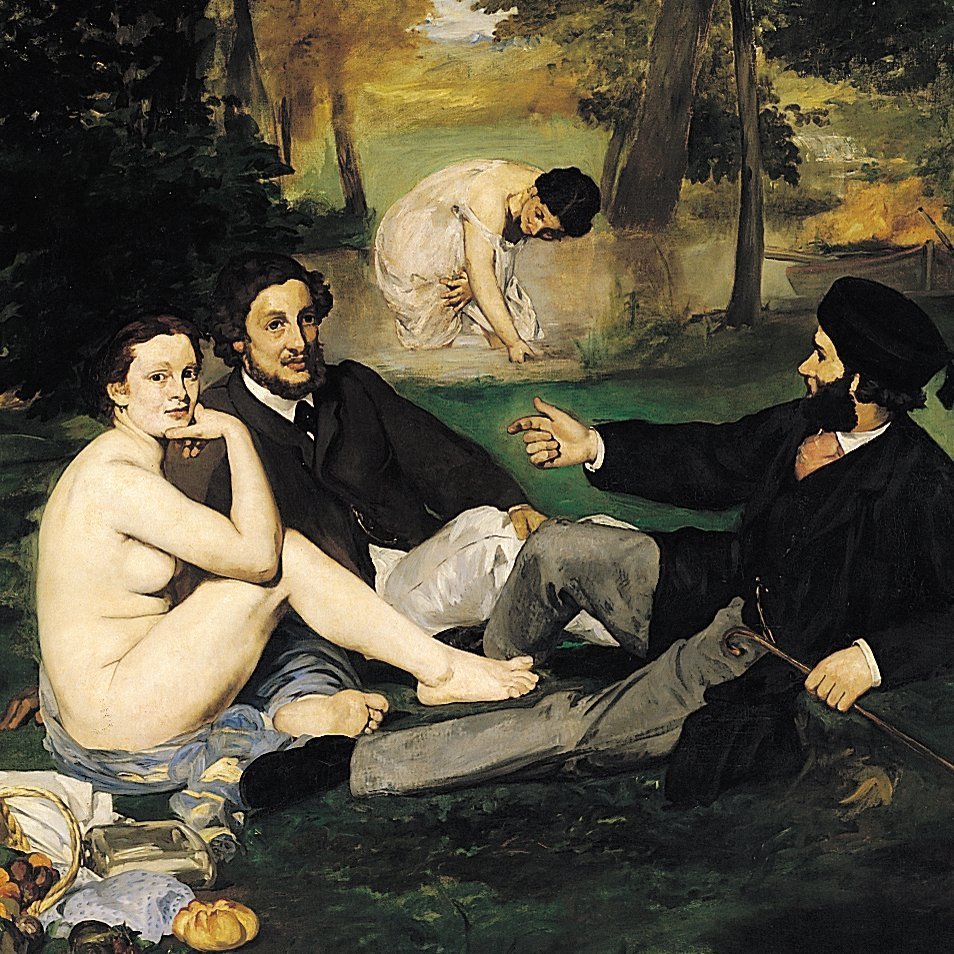Every summer, millions of spectators gather along a 3,000-kilometer route to witness the “world’s greatest sporting event”. The Tour de France is a multi-stage bicycle race featuring the most impressive cyclists from around the globe. Whether you’ll be tuning in for the first time or have been counting down the days since last year’s race, we’ve gathered all of the info you need to prepare yourself for this summer’s edition.
By ALAINA SCHWARTZ
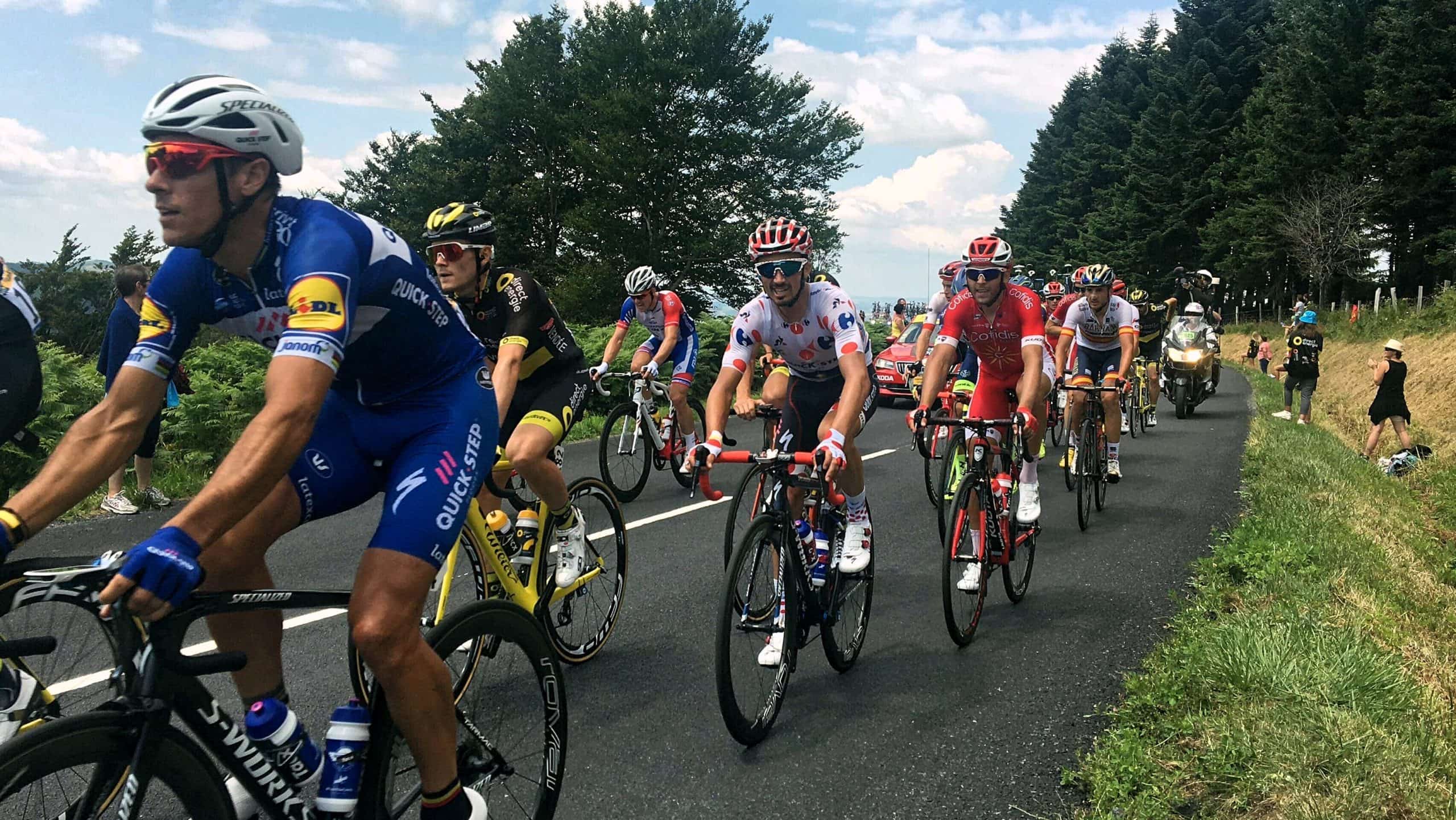
THE FIRST EDITION (1903)
What is now considered the most prestigious competition in cycling actually began as a marketing initiative. The Tour de France was conceived by Géo Lefèvre, a sports journalist for the daily sports paper l’Auto, in order to increase sales and keep up with competitors. The first edition was an instant success, and increased circulation six times over.
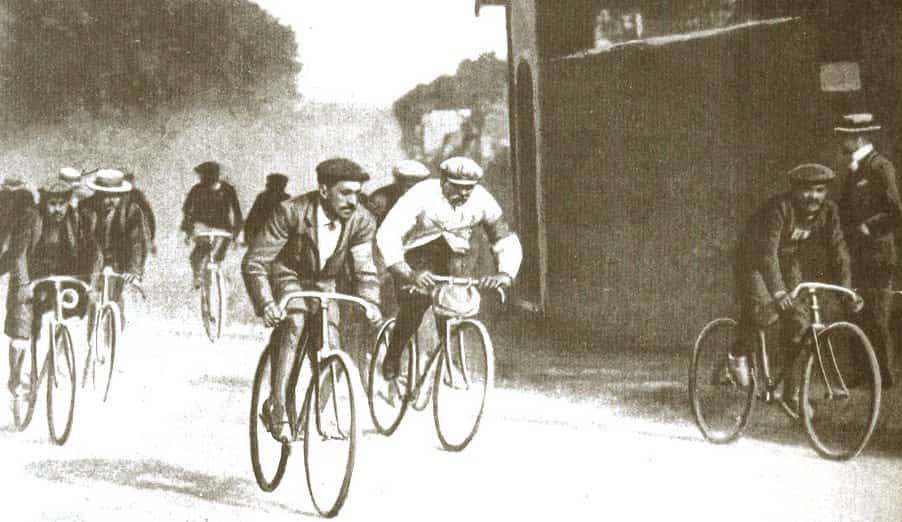
The Tour’s first edition ran from July 1 through July 19, 1903, and was more intensive than the one we know today. It was made up of six stages that more than doubled the distance of any of those in modern editions, which have twenty-one. The 2,428-kilometer route began and ended in Paris, with stops in Lyon, Marseille, Toulouse, Bordeaux and Nantes along the way. It was won by Maurice Garin with a lead of 2:59:31, the largest in the history of the race to this day. He was awarded 20,000 French Francs (€3,000 today). The prize for the 110th edition in 2023 is €500,000.
Practice your French: Watch this video and get first hand accounts of the first Tour de France or visit the National archive website (INA) for their report of the event!
THE TOUR DE FRANCE TODAY
The race has changed significantly over the years, though the format of modern editions have remained the same. Each race is divided into twenty-one day-long stages and two rest days, and takes place over twenty-three days. The route changes every year, with the majority of the route in France, and often crosses borders. In 2023, the route is 3,404 kilometers. The race will take place from July 1 to July 23, and the Grand départ (mass start) will be hosted in Bilbao! You’ll find a map of the complete route here.
There are usually twenty to twenty-two teams, with eight riders each. Every stage is timed, and the rider with the lowest cumulative time is declared the leader and wears the coveted maillot jaune (yellow jersey). This aspect of the competition is the most important, and is called the “general classification”. Other jerseys are awarded to the winners of the mountains, points, and young rider classifications.

The last stage, the Arrivée finale, is largely celebratory, and always ends with the winning rider from the general classification riding a circuit throughout the Champs-Élysées in Paris (sometimes with a glass of champagne in hand!).
VISIT THE TOUR DE FRANCE
From the Grand départ to the Arrivée finale, every city that hosts a stage on the route of the Tour de France will receive waves of visitors and tons of media coverage. It’s considered an honor that’s celebrated with plenty of fanfare.
Since the race is so popular, you’ll want to make your travel arrangements as early as possible. The route is always announced in October of the year prior, and accommodations are booked almost immediately. You’ll have to be quick if you want to get a hotel at the start or finish line, which is a race in and of itself.
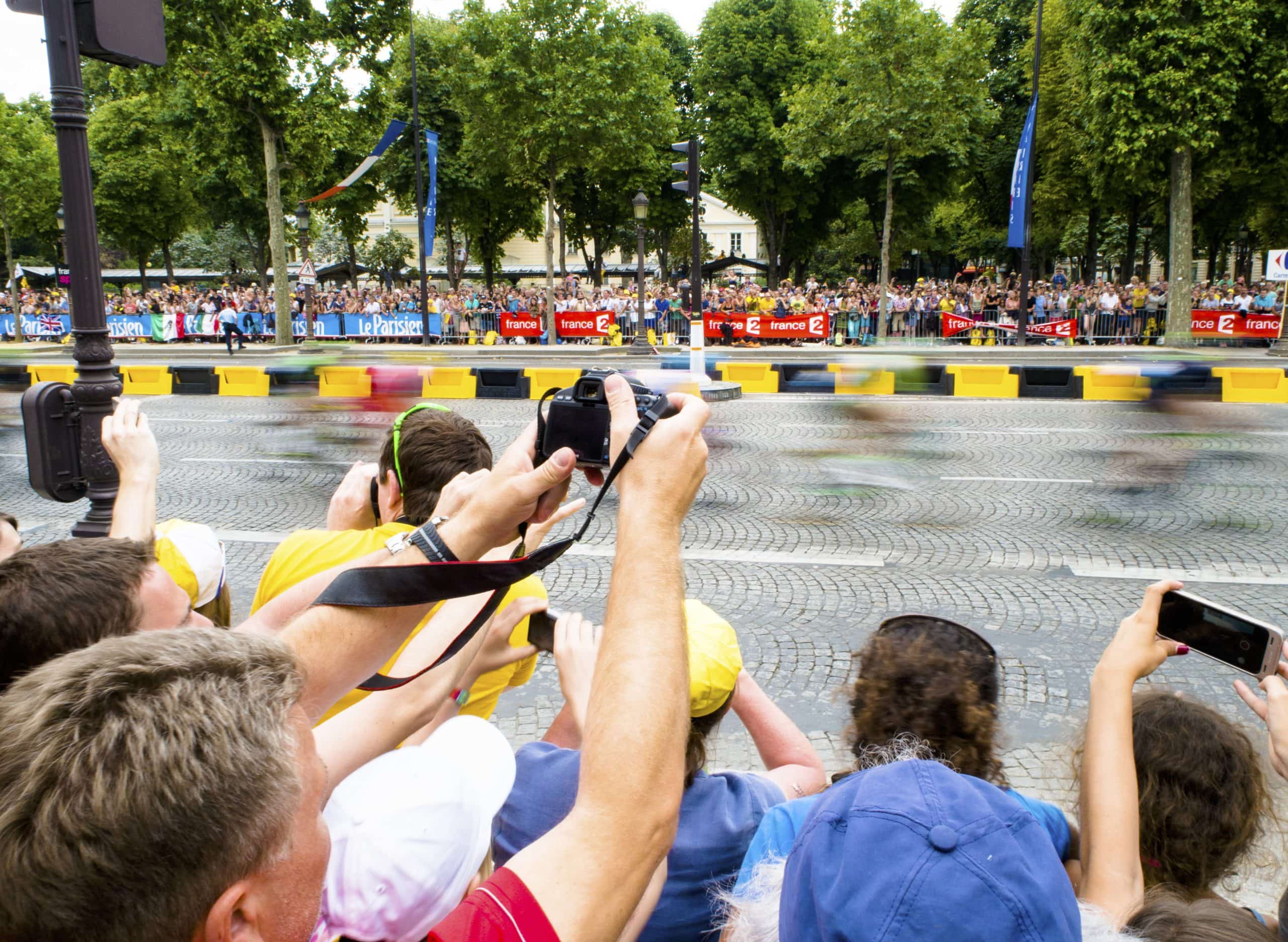
You can expect huge crowds, with the most dedicated spectators arriving hours or even days in advance to get the best view. It’s an exciting opportunity to watch the race up close, and even engage with the riders. Before the stage starts, some riders will take photos and sign autographs for the crowd.
If you want to truly embrace the spirit of the Tour, consider going by bike! Last year, the Tour de France announced a partnership with STRAVA, an app and social platform where athletes can track their routes, time, upload photos, and write notes. You’ll be able to find the best cycling routes along the stages of the race, and follow your favorite cyclists for daily updates.
Planning on visiting in 2023? Get more pro tips and tricks from two cycling enthusiasts here.
NOTABLE MOMENTS AND FUN FACTS:
- The second edition of the Tour de France is infamous for the chaos that ensued. Cheating, sabotage and violence among rival fans and competitors prompted the race’s organizer to publish a reaction in l’Auto declaring that the 1904 edition would be the last, titling it, “THE END”. Maurice Garin would have again been the winner, but was later disqualified for cheating. Practice your French: Watch this video to learn more about the 1904 Tour de France.
- The only times the race did not take place were during the World Wars (1915-18 and 1940-1946). In 2020 it was postponed due to the pandemic, and took place from August 29 through September 20.
- Lance Armstrong’s seven Tour wins were revoked, and no alternate winner was named, meaning from 1999-2005, there are no declared winners. Practice your French: Learn all about the scandal in this French TV program.
- Multiple women’s versions of the Tour have been created, but are challenging to promote and maintain because of a lack of media coverage and funding. The most recent one is called the Tour de France Femmes. The second edition happening in summer 2023 will begin on July 23, the same day the Tour de France ends.
- Egan Barnal’s win in 2019 was one of the most celebrated of recent years, as he is the first Latin American cyclist to win the Tour, and the youngest winner since 1909 and the third-youngest of all time (age 22 years, 196 days).
- The 2023 Tour de France route will visit all five of France’s mountain ranges.
- On average, the Tour de France has 12 million live spectators, and 40 million viewers. You can watch it at home from the US on NBC and Peacock!
Vocabulary
French Tip: The French word tour, meaning “tour” or “circuit,” is masculine. When talking about the Tour de France, always use the masculine article, le. When paired with a feminine article (une, la), the word tour means “tower” (think: la Tour Eiffel!). Le Tour de France is also referred to as le Tour and La Grande Boucle (“The Big Loop”).
Here’s some vocabulary you can start using today:
- un vélo – a bike
- un·e cycliste – a cyclist
- une équipe – a team
- un casque – a helmet
- un maillot – a jersey
- un parcours – a route
- une étape – a stage
- une course – a race
- la ligne d’arrivée – the finish line

